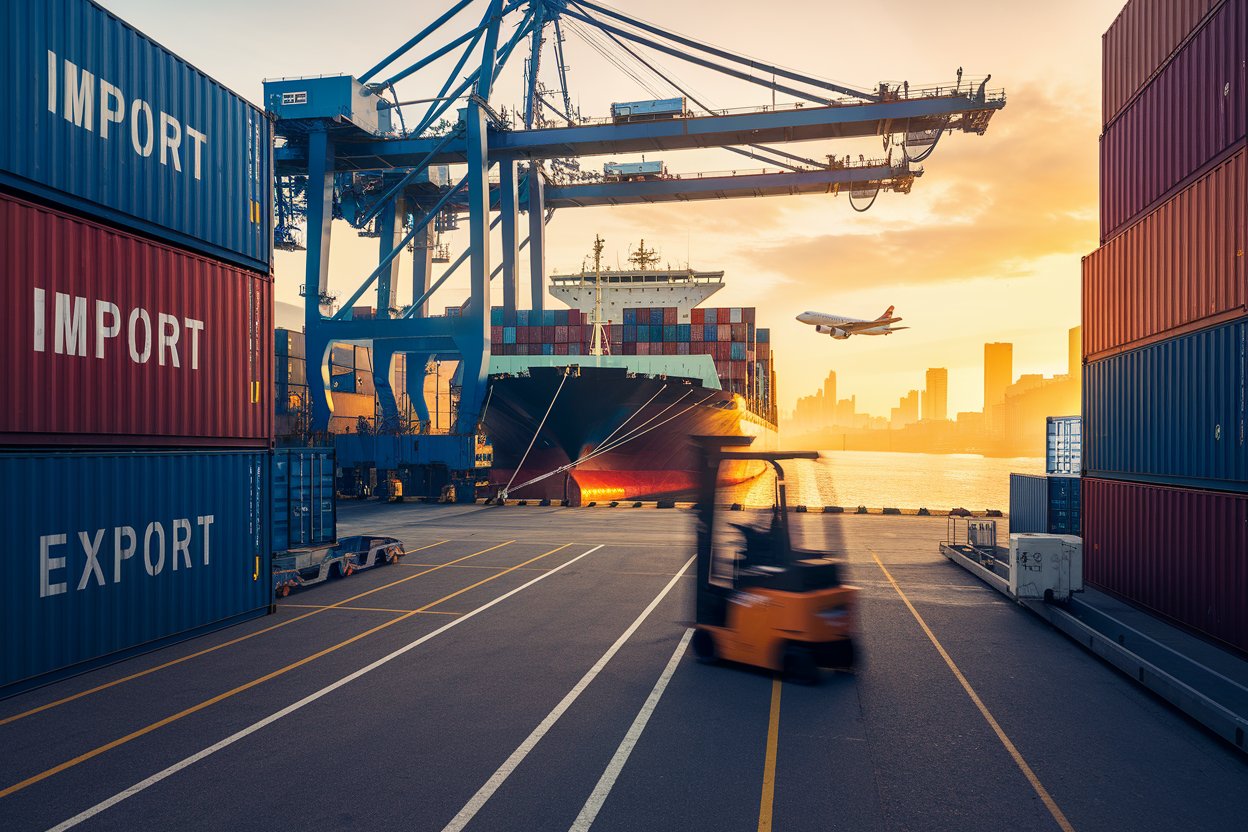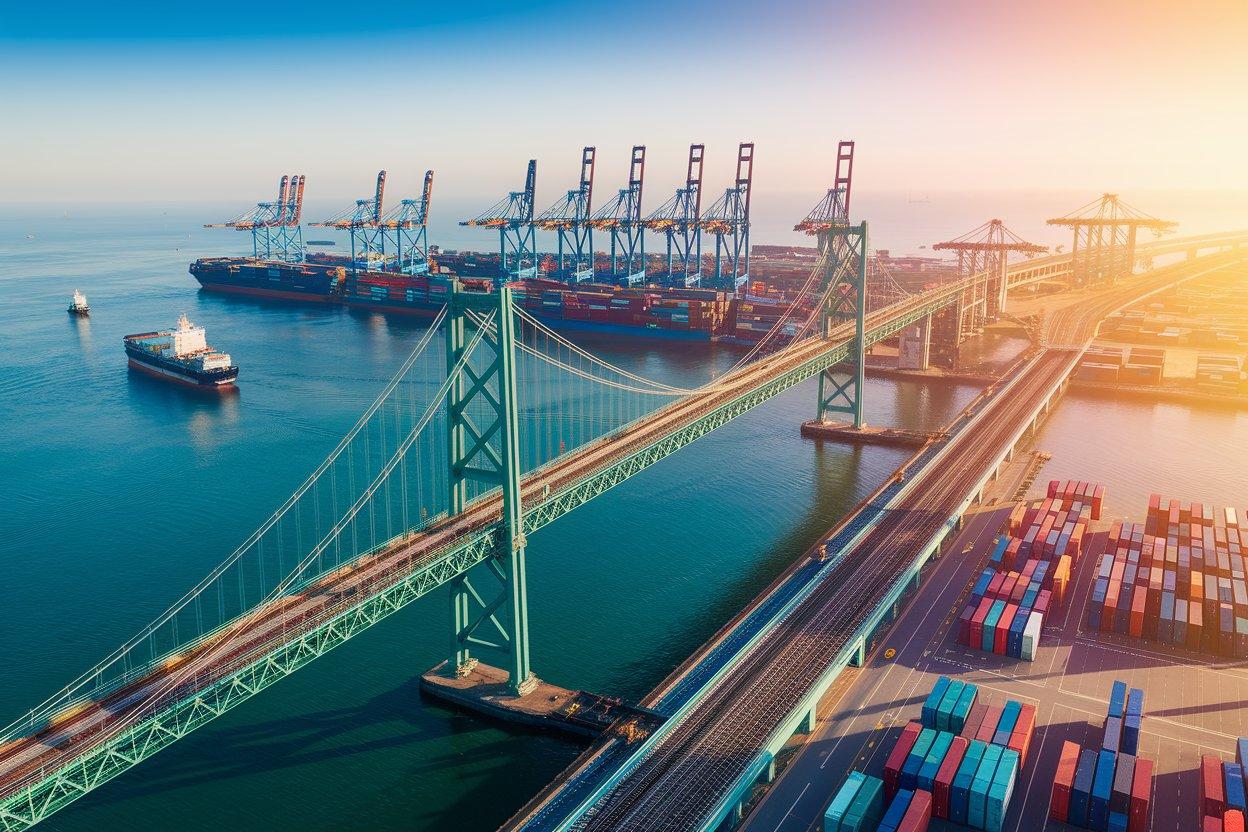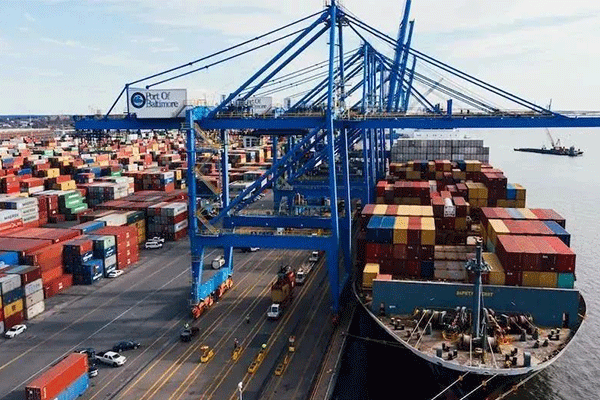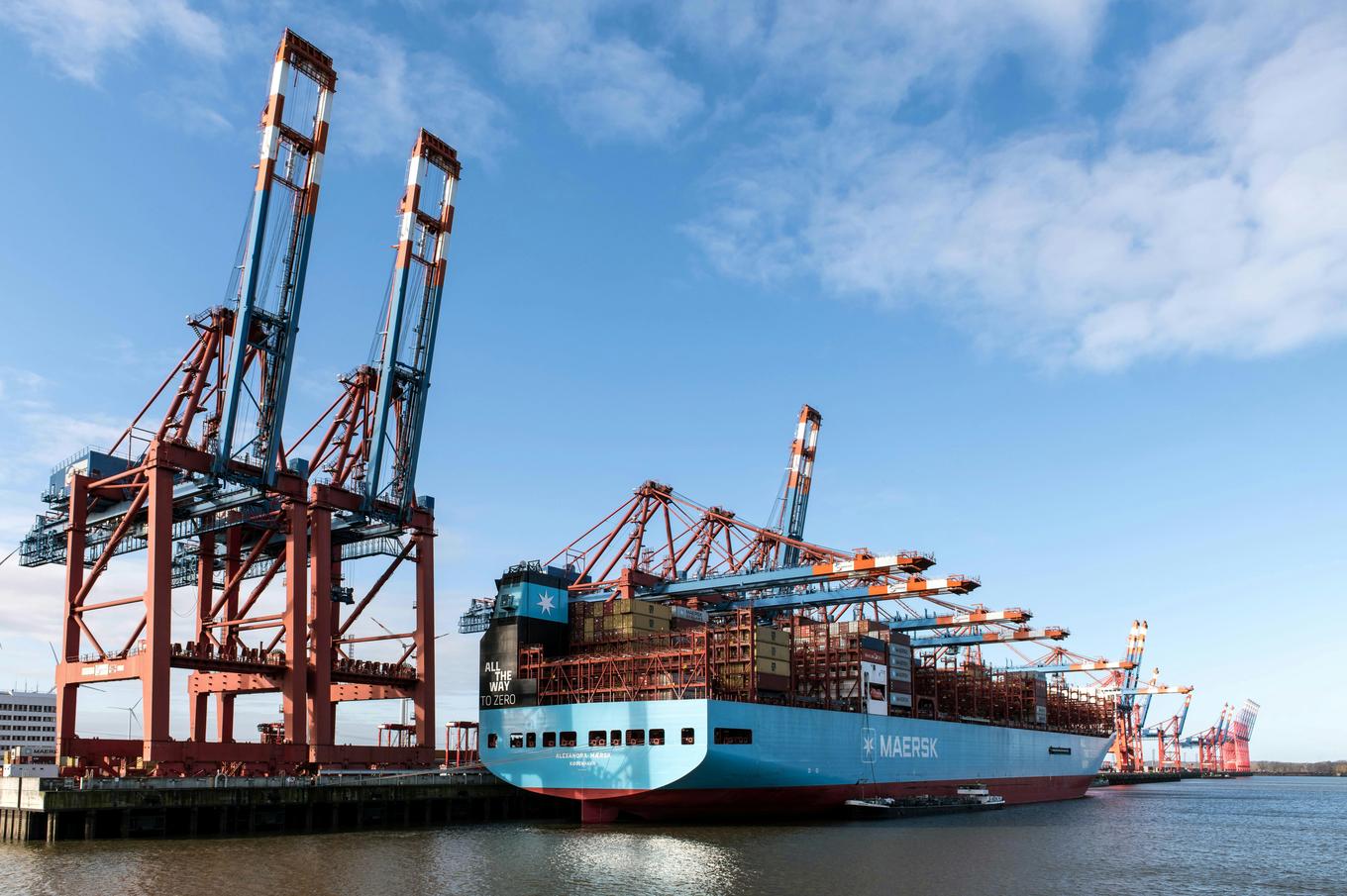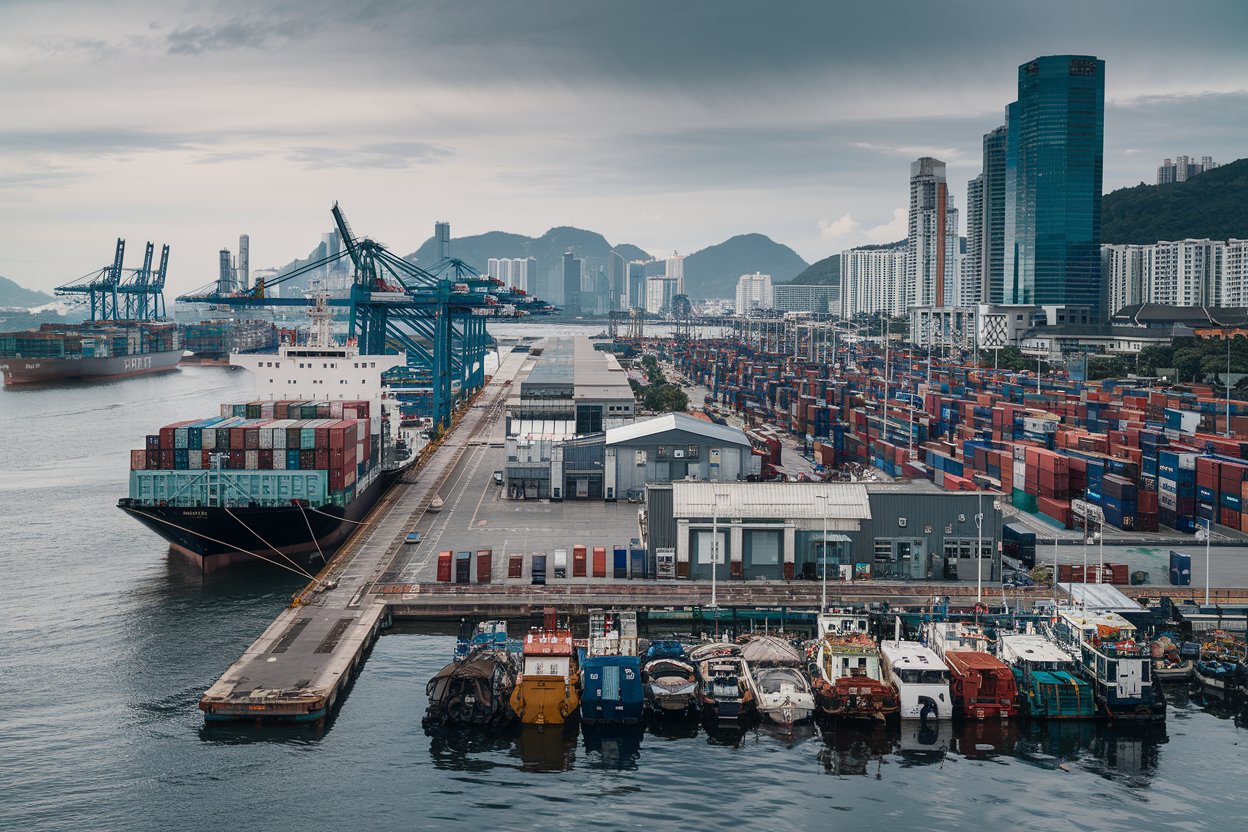- Shanghai Zhongshen International Trade Co., Ltd. - Two decades of trade agency expertise.
- Service Hotline: 139 1787 2118
Home » Shipping Solutions » How does an export freight forwarder operate? How to avoid pitfalls? These 8 questions must be clarified!
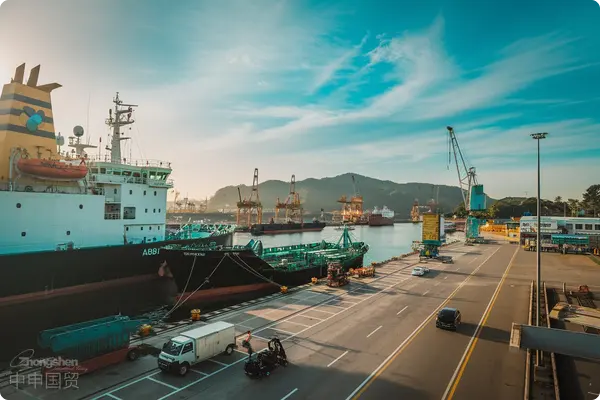
Contents
Toggle1. What is the basic operational process of export sourcing agency?
Standard freight forwarding operations consist of six key steps:
- Demand Confirmation: Clarify the cargo characteristics (dimensions/weight/HS code), transportation method, and trade terms.
- Proposal Quotation: IncludeMaritime TransportationComprehensive quotation including fee + surcharge + customs clearance fee + documentation fee
- Booking operation: Obtain the shipping company's SO (Shipping Order) and arrange container allocation.
- Customs Declaration: Verify the customs declaration form,It is recommended to verify through the following methods:Compliance of 13 documents including
- Goods Tracking: Provide shipping schedule updates and real-time feedback on customs inspections.
- Settlement and Delivery: Issue the original bill of lading or telex release, and complete the settlement of fees.
2. How to Assess the Professionalism of a Freight Forwarding Company?
It is recommended to evaluate through four dimensions:
- Qualification Verification: Verify the NVOCC certificate (Non-Vessel Operating Common Carrier qualification) and FIATA membership.
- Route coverage: Does the main route include your target market (such as RCEP country routes in 2025)?
- : Whether it supports direct connection and declaration with the Electronic Tax Bureau: Does it provide EDI data exchange and visual tracking systems?
- Case study: Request to provide operation records for the same category of goods (with special attention to hazardous materials/cold chain and other special goods).
3. What hidden costs are included in freight forwarding fees?
In addition to the basic ocean freight, special attention should be paid to three types of surcharges:
- Peak Season Surcharge (PSS): Shipping companies generally impose surcharges in Q2/Q4 in 2025.
- Port Congestion Surcharge (CGS): Currently, the standard charges at the ports of Rotterdam and Los Angeles have reached $350/TEU.
- Low Sulphur Fuel Surcharge (LSS): According to the IMO2025 new regulations, it may increase to $120 per container.
IV. How to Determine Liability in Case of Cargo Delay?
A real case study from a company in 2024 illustrates:
- Event Details: The shipment from Shanghai to Hamburg has been delayed by 23 days in arriving at the port.
- Determination of liability:
- The freight forwarder failed to promptly notify the voyage change – liable for penalty.
- Strikes at the port of destination constitute force majeure—no liability shall be assumed.
- Handling results: 30% of the claimed freight charges + waiver of storage fees
5. How will international trade policies in 2025 impact freight forwarding?
Three new policies require special attention:
- EU CBAM Carbon Border Tax: Steel goods require a supply chain carbon emissions report.
- U.S. UFLPA Act: Additional inspection certificates are required for the transportation of Xinjiang cotton products.
- RCEP rules of origin: ASEAN countries' goods must meet the regional value content standard to enjoy tariff reductions.
6. How to Prevent Risks in Cargo Transportation?
It is recommended to implement five safeguard measures:
- PurchaseOcean Marine All Risks Insurance(The rate is approximately 0.15% of the cargo value.)
- Request the freight forwarder to issueFull temperature recording(Refrigerated cargo)
- SignDemurrage Cap Agreement(Usually limited to $200/day)
- Important cargo selectionDirect signing with liner companies(Not an NVOCC agent)
- Regular audits of freight forwardersISO28000 Supply Chain Security CertificationValidity
Automobile ExportCross-border E-commerceAre there any special requirements for logistics?
Different from traditionalforeign tradeThree key operational points:
- Customs declaration mode:The cross-border e-commerce supervision codes 9610/9710 must be adopted.
- Final Mile Delivery: Require integration with overseas warehouse scheduling systems (e.g., Amazon FBA).
- Return Processing: Agree in advance on the labeling for returns and the allocation ratio of return shipping costs.
8. How to establish long-term cooperation with freight forwarders?
It is recommended to implement four mechanisms:
- EstablishQuarterly KPI Assessment(On-time rate ≥95%, Error rate ≤0.3%)
- implementationFreight rate linkage mechanism(Refer to the SCFI index for adjusting the base rate)
- Carry outCustoms Compliance Training(At least 2 policy interpretations per year)
- SharingSupply Chain Data Dashboard(Visualized Inventory Turnover and Logistics Lead Time)
Related Recommendations
? 2025. All Rights Reserved. Shanghai ICP No. 2023007705-2  PSB Record: Shanghai No.31011502009912
PSB Record: Shanghai No.31011502009912
